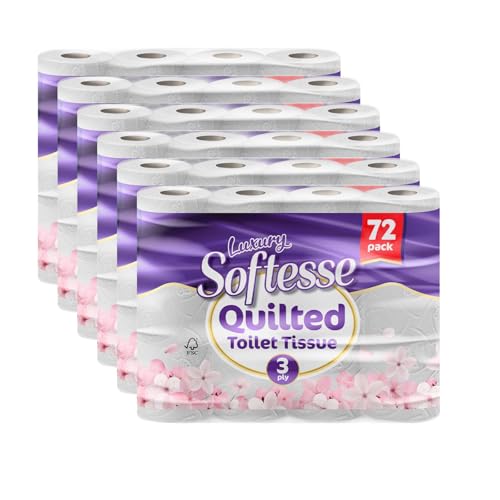Understanding the Basics of Matte and Glossy Paper
When it comes to printing, the choice of paper finish can significantly impact the overall look and feel of the final product. Matte and glossy are two of the most popular paper finishes available, each with its own unique characteristics and benefits. Understanding the differences between matte and glossy paper can help you make an informed decision when selecting the right paper for your printing needs.
Matte Paper: The Subtle Elegance
Matte paper has a non-reflective and smooth surface, which creates a more subdued and elegant look. This type of finish is often preferred for photographs and prints that require a more sophisticated and artistic presentation. Matte paper is also ideal for text-heavy documents, as it reduces glare and improves readability.
One of the main advantages of matte paper is its resistance to fingerprints and smudges. This makes it an excellent choice for materials that will be handled frequently or displayed in areas with high traffic. Additionally, matte paper tends to have a more absorbent surface, which results in more vibrant and accurate color reproduction.
Glossy Paper: The Vibrant Pop
Glossy paper, on the other hand, has a shiny and reflective surface that enhances the colors and contrast of printed images. This type of finish is commonly used for marketing materials, brochures, and photographs where maximum impact and vibrancy are desired. Glossy paper has a “pop” effect that can make images appear more vibrant and eye-catching.
Prints on glossy paper have a distinct sheen that can give the impression of higher quality and professionalism. The reflective surface of glossy paper tends to make colors appear more saturated and deep, resulting in an overall bold and dramatic visual presentation.
Factors to Consider When Choosing between Matte and Glossy Paper
When deciding between matte and glossy paper, it is essential to consider several factors to determine which finish best suits your needs. Here are some key factors to consider:
- Intended Use: Consider the purpose of your printed material. If you want a more sophisticated and elegant look, matte paper is an ideal choice. For marketing materials that aim to grab attention and make a bold statement, glossy paper may be more appropriate.
- Lighting: Consider the lighting conditions in which your printed materials will be displayed or viewed. Matte paper is generally more suitable for areas with bright lighting to minimize glare, while glossy paper can handle low-light environments better due to its reflective properties.
- Design: Examine the colors and images in your design. If you have images with bright colors and high contrast, glossy paper can enhance these elements and give them a more dynamic appearance. If your design leans towards a more subtle aesthetic, matte paper may be a better fit.
- Texture: Take into account the tactile experience you want to create. Matte paper has a smooth and velvety texture, while glossy paper has a slick and shiny feel. Consider how these textures align with the overall look and feel you want to achieve.
Conclusion: Making the Right Choice for Your Printing Needs
Choosing between matte and glossy paper ultimately comes down to personal preference and the specific requirements of your printing project. Both finishes have their own unique characteristics and benefits, so it’s important to consider factors such as intended use, lighting, design, and texture.
Matte paper offers a sophisticated and elegant appearance, resistant to fingerprints and glare, making it ideal for artistic prints and text-heavy documents. On the other hand, glossy paper provides a vibrant and high-impact look, perfect for marketing materials and photographs that need to grab attention.
By understanding these differences and considering your specific needs, you can make an informed decision and select the right paper finish to enhance the overall visual appeal of your printed materials.






